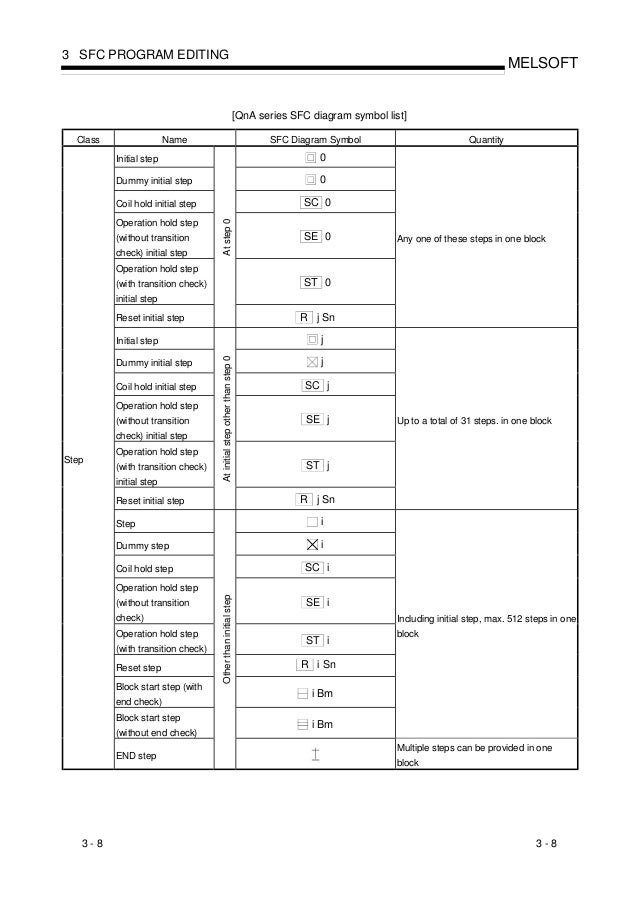

Figure 10: Ladder diagram translation of a simple toggle-on/toggle-off device. The Siemens S7-200 series has a set of instructions specifically designed to support this method in ladder (and they document it in grafcet), although it can be easily implemented on virtually any PLC. Figure 9: Sequential function chart of a simple toggle-on/toggle-off device. But of course the chart is actually executing.

So for example if I start up this chart, we can watch this chart run here in the Designer. When a Sequential Function Chart is started, we can also monitor it visually here in the Designer. You can tailor each step very easily to exactly what the process requires, rather than having to force fit the process into the sequential control model (drum controllers are bad for that). So here in the Designer is where we do our design work and our programming for the Sequential Function Charts. Each step is self contained, so you can have parallel or alternate sequence paths (diverging and converging) without any side effects. The above is repeated for as many steps as are present.
SEQUENTIAL FUNCTION CHART MANUAL
This includes things like the logic for manual single step of the sequence, etc. This may be one rung of ladder, or it could be split into several rungs if one rung gets too long to conveniently read.Ĥ) Resolve the transition to the next step based on the inputs (and any other conditions). are addresses here.ģ) Examine inputs for the desired state.

The actual outputs are directly addresses here.Ģ) Any subsidiary logic such as turning on various timers or counters, taking readings, etc. What PLC code format do you typically use to implement this with? For example a typical step could be laid out as:ġ) Set outputs. For some applications state diagrams seem to work better than grafcet though. I take it you hand translate from grafcet to ladder (or whatever)? I have been doing this also.


 0 kommentar(er)
0 kommentar(er)
